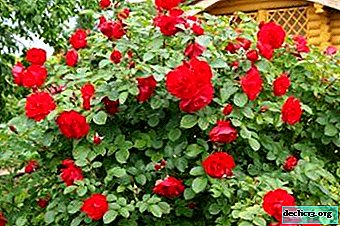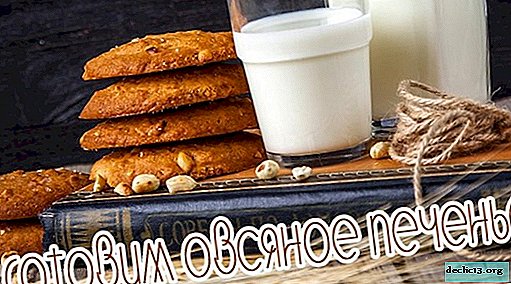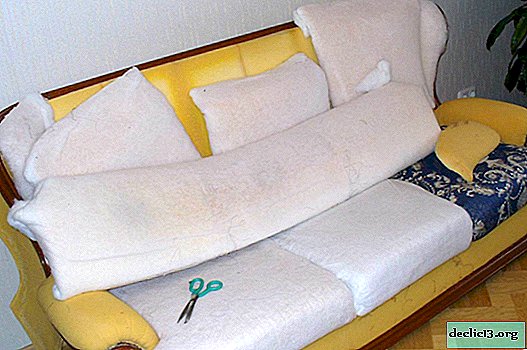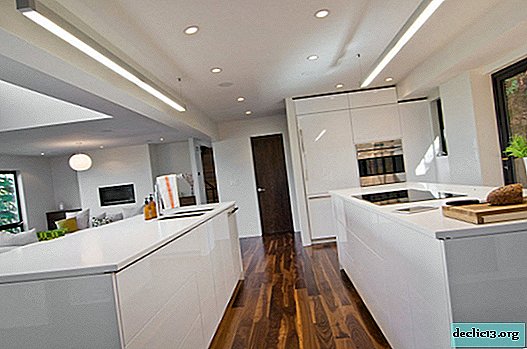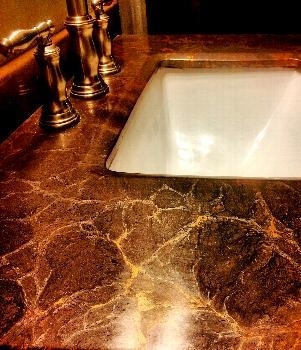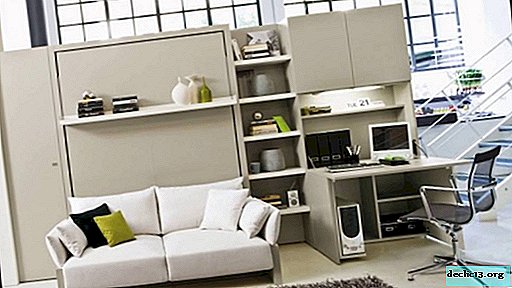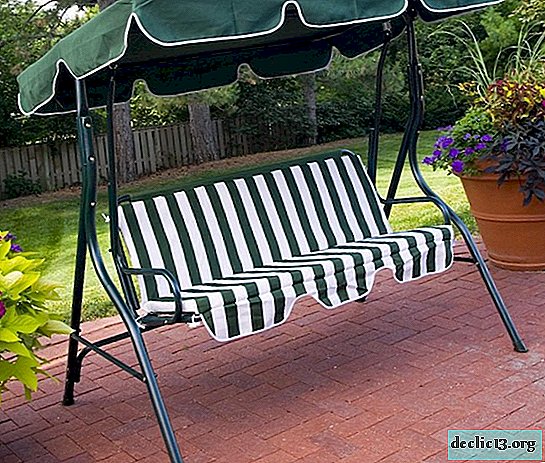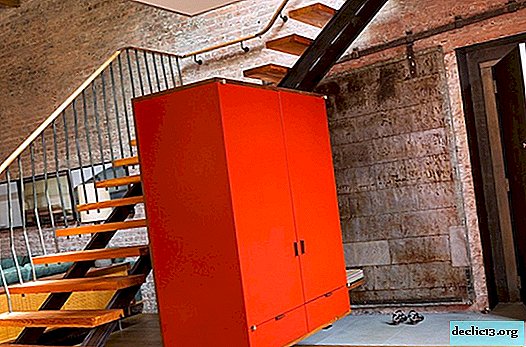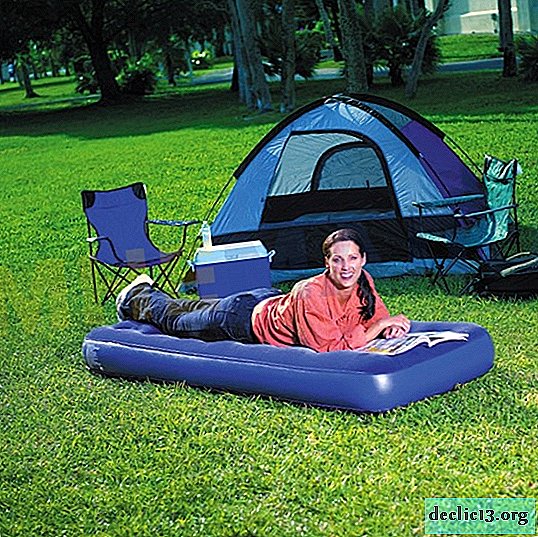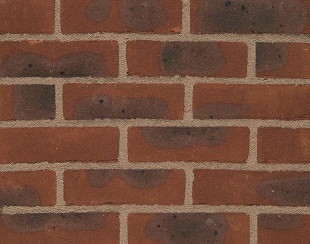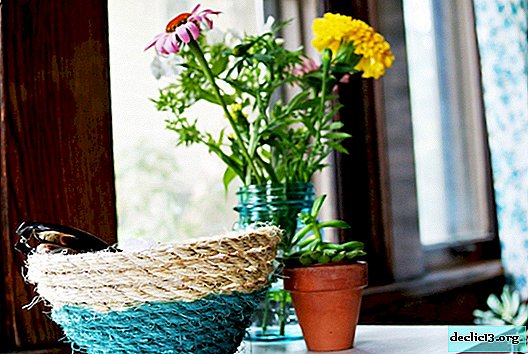Water-soluble paints: composition and benefits
In the last article, we introduced you to enamel paint. Today we’ll talk about water-based paint that is popular for both exterior and interior use. Water-soluble paints fit well on various surfaces, dry quickly, do not emit toxic substances and are relatively cheap. Aqueous emulsion ink is a pigment and a polymer, suspended but not dissolved in water. After application to the surface, the water partially evaporates, partially absorbs, and the binder particles stick together, forming a strong film.
Water-soluble paints consist of:
- fillers;
- solvents;
- plasticizers (substances that prevent the separation of paint and precipitation);
- desiccants (hardeners);
- color pigments;
- binders.
Water-soluble paints are made on the basis of PVA emulsion or acrylate. Latex based paint is slightly less common. Painting with water-based paint has its own characteristics. Read more about this here.
From what binder is included in the composition of water-based paints - PVA, latex or acrylate - the properties of the coating change markedly. Paint based on PVA emulsion is unstable to moisture and wears out quickly. Latex and acrylate are “related” substances: they are synthetic resins. Acrylic and latex coatings fade little and wash well. Acrylic is more expensive, but slightly more durable and waterproof than latex-based paints - that’s the whole difference between them.
Advantages of water-based paint and its application
Due to its fragility and instability to moisture, paint based on PVA is used only indoors: painting wallpaper, walls, ceilings, etc. Latex-based paint and acrylic coatings can also be used in outdoor applications. They are applied to concrete, plaster, wood, but do not adhere well on top of glossy paint. Acrylic paint has high vapor permeability, elasticity, and therefore does not crack on the tree when it expands or settles.
Water-soluble paints have a huge number of advantages:
- non-toxicity;
- no pungent odor;
- dries quickly;
- use of water as a solvent;
- the ability to give any shade using tint;
- good grip.
They have only two drawbacks:
- when freezing, they lose their properties. In winter, store in a heated room!
- Do not paint the room at temperatures below 5 ° C.
Water-soluble paints, in order to avoid corrosion, are not applied to metal. For painting metal surfaces, there are special acrylic paints for metal.


